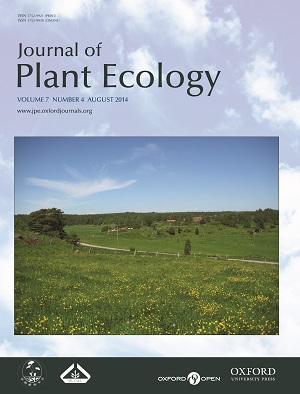Current Issue
-
 Volume 7 Issue 4
Volume 7 Issue 4
An ex-arable field with medow buttercups. The field is located in a agricultural landscape that is a mosaic of ex-arable fields, semi-natural grasslands, arable-fields and forest patches; all these habitat types can be seen in the picture background. In the background there are also some grazing cows and a typical old swedish farm house. The picture is take by Bryndís Marteinsdóttir in Nynäs naturereserve SE-Sweden.
IF: 3.9
CiteScore: 5.7
CiteScore: 5.7
Editors-in-Chief
Yuanhe Yang
Bernhard Schmid
Yuanhe Yang
Bernhard Schmid
CN 10-1172/Q
ISSN 1752-9921(print)
ISSN 1752-993X(online)
ISSN 1752-9921(print)
ISSN 1752-993X(online)







